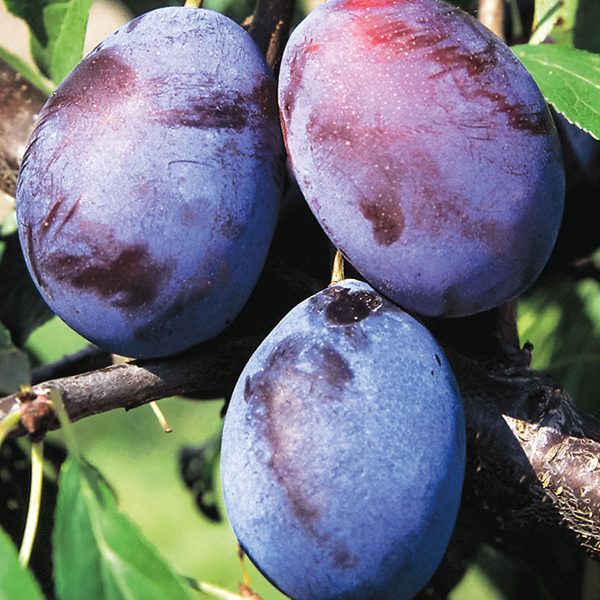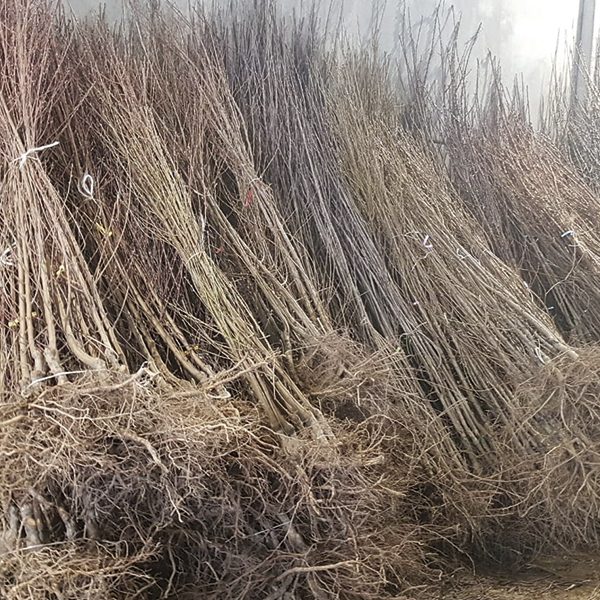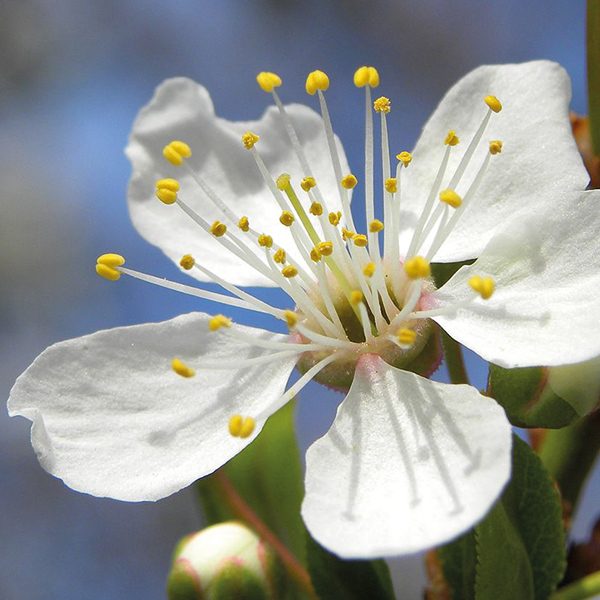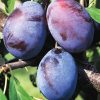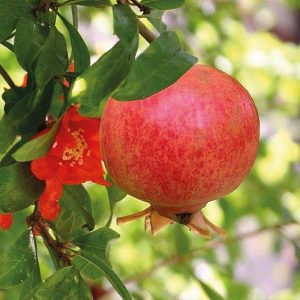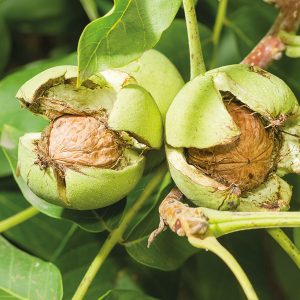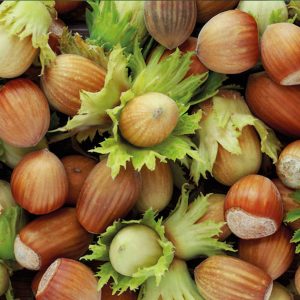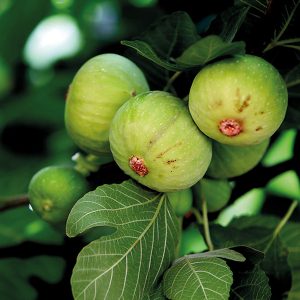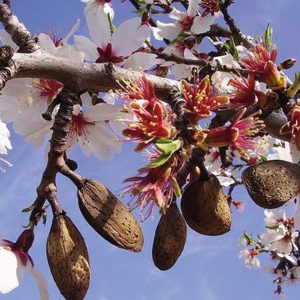Prunus domestica, the European plum, is a species of flowering plant in the family Rosaceae. A deciduous tree, it includes many varieties of the fruit trees known as plums in English, though not all plums belong to this species. The greengages and damsons also belong to subspecies of Prunus domestica. This is the most commonly grown plum at least in Europe, and most prunes (dried plums) are made from fruits of this species.
The fruit tree of the Angeleno variety produces very large spherical fruit with a dark-colored skin tending to black, a yellow and consistent pulp. Pollinators: Sorriso di Primavera and Mirabolano rosso.
Maturation from 20 September.
European-type plum obtained in California from unknown genealogy. Tree of medium vigor, it produces fruits of excellent size and of high pomological value (excellent appearance and flavors). Pollinators: Sorriso di Primavera and Mirabolano rosso.
Maturation in third decade of July.
The fruit tree of the Casalinga variety produces medium oblong fruits with a purplish skin, a yellow greenish and consistent pulp.
Maturation in the third decade of August.
The fruit tree of the Formosa variety produces large fruits with a yellow and pink skin, and a pale-yellow sweet pulp.
Maturation in mid-June.
The fruit tree of the Fortuna variety produces large round fruits with a red skin. Pollinators: Mirabolano da seme.
Maturation in mid-July.
Plum of excellent productivity, which preoduces dark purple-black fruits; the pulp is yellow, sweet and consistent.
Maturation in late-June.
The fruit tree of the Shiro variety (Goccia d’Oro) is a plum tree that produces large fruit with a beautiful complexion; yellow pulp, exquisite. Pollinators: S. Rosa and Regina Claudia yellow.
Maturation in mid-July.
The fruit tree of the Grossa di Felisio variety is a rustic and productive plant that produces medium ovoidal fruits of purple color.
Maturation in third decade of August.
The fruit tree of the Mirabella variety is a very valuable plant due to its excellent tasty fruits; The size of the fruits is small and the colours of skin and pulp are both gold yellow.
Maturation in the first decade of September.
The fruit tree of the Oblinaja variety is a plant that produces medium-large round fruits with black skin and light pulp.
Maturation in late-June.
Deciduous fruit tree belonging to the Rosaceae family. Tree-like growth habit with enlarged crown. It reaches 3-4 meters in height. Narrow pointed dark green leaves. White flowers in spring. Medium round fruits. Purplish pink peel. Light yellow flesh. Ripens in mid-July. It prefers a fertile and well-drained soil.
Maturation in July.
Large, dark purple fruits, ripe in mid-September, yellow colored flesh with a slightly sweet taste.
Maturation from late-June onwards.
Susino 'Quetsche' produces medium fruits, ovoid, purplish purple, with a firm and sweet pulp.
Maturation from September.
Fruits of medium / small size, golden yellow, ripe in mid-August, yellow colored pulp and sweet taste.
Maturation from mid-August.
Fruits of medium / small size, light green in color, ripe at the end of August, pulp with a yellow color and sweet taste.
Maturation in late-August.
The Queen Claudia Viola maintains the characteristics of the original yellow-skin variety practically unaltered, except for the color of the skin.
Maturation in early-August.
Large red fruits, ripe at the end of July, blood red colored flesh with a sweet taste.
Maturation from the last days of July.
Large yellow / purple fruits that ripen in mid-July, yellow / pink flesh and sweet taste.
Maturation in mid-July.
Large, light yellow fruits with pink hues, ripe at the end of June. White / yellow pulp with a sweet taste.
Maturation from late June onwards.
Medium-sized and elongated fruits, ripe blue / violet in mid-August, yellow / green colored pulp.
Maturation from mid-August.


